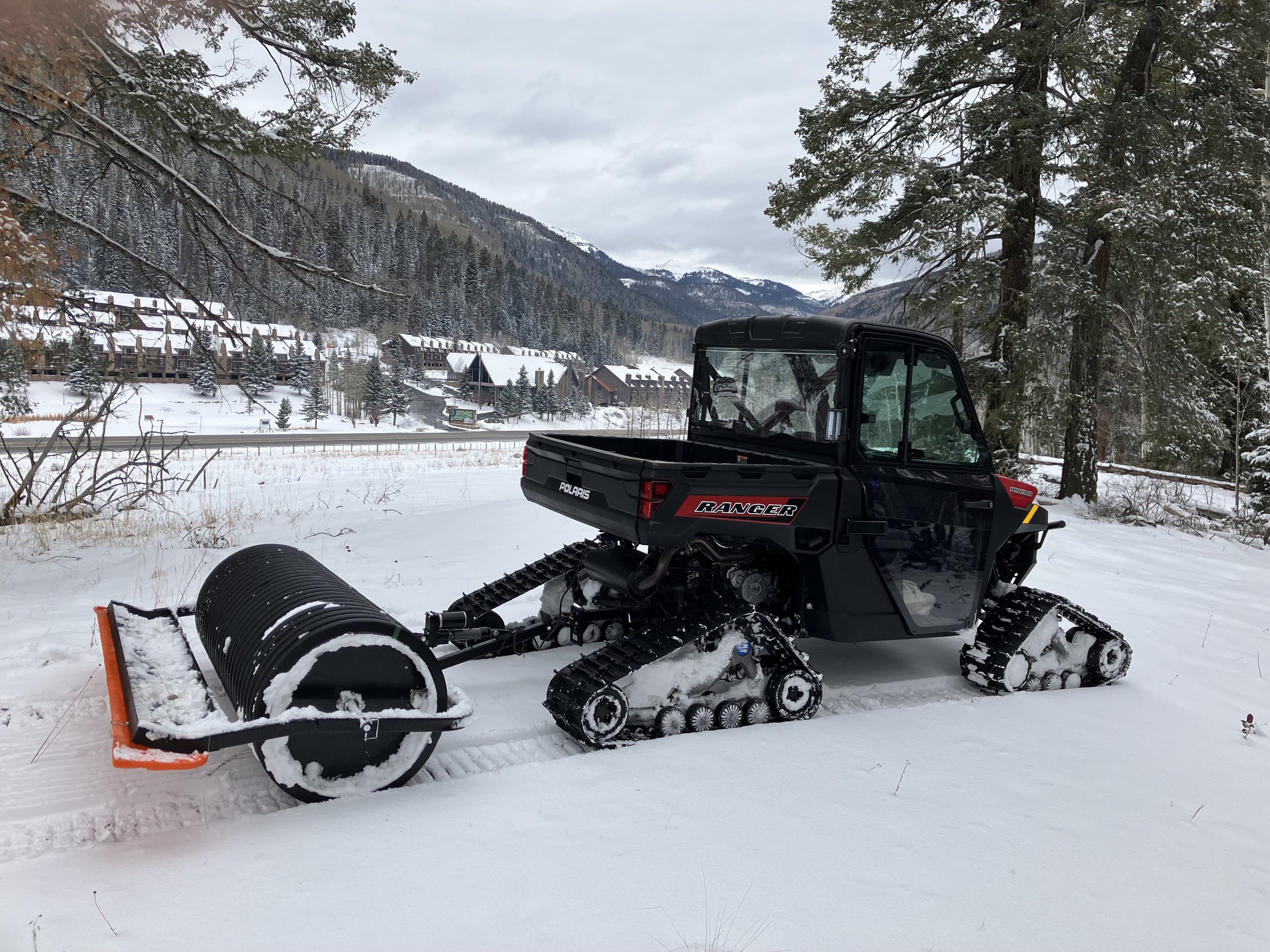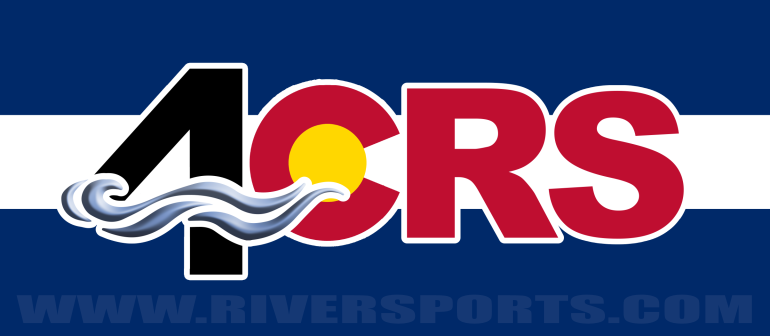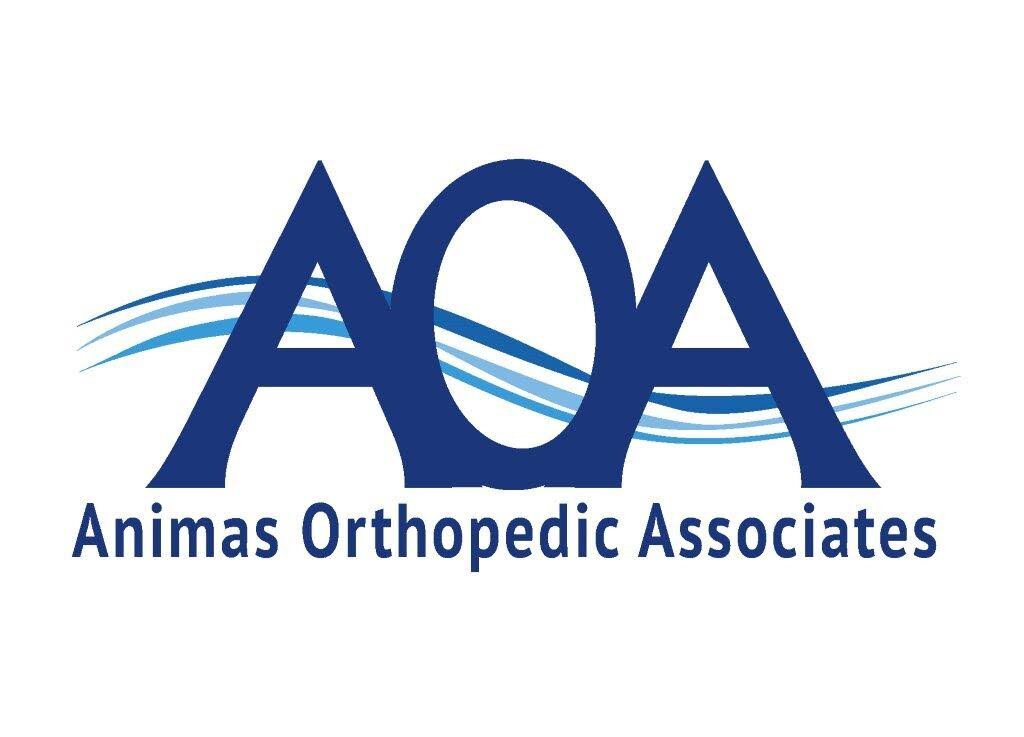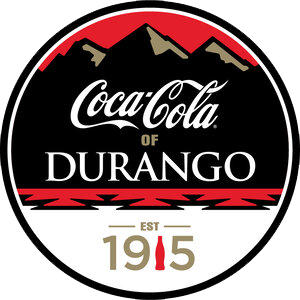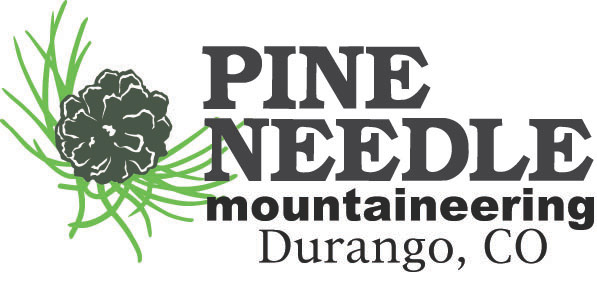This year, we’ve added a UTV to our grooming equipment. Miss Daisy is pulling a roller to compact the snow.
Grooming perfect corduroy is a complex art and science that is influenced by many factors including temperature variations, wind, snow type, sun/shade exposure, frequency and amount of snowfall, type of grooming machine and the attached implements, time of day grooming occurs, speed of the machine, experience of the groomers and more. When Durango Nordic’s groomers work on the trails they consider all of these factors and more.
The work of getting a perfect ski trail starts long before the snow falls. At Durango Nordic we are part way through a 5 year plan of fall trail work to improve all of our trails. This includes using a full size excavator to remove large rocks and stumps, level the trail, correct the camber, fill in ruts and in places to change the grade. We are then spreading grass seed on the trails to help prevent erosion. But it is difficult work as our terrain has so much bedrock, so it is never going to look like a golf course under the snow. On trails that have not had major work that year, we go through with a brush hog to remove the small aspens and willows that grow.
Once we get our first snowfall, we want to make sure that we don’t lose it. We pack the snow down to get the air out of it and start to make a solid base. This work is done with a snowmobile or our new UTV and roller, which pushes the snow down and packs it rather than dragging the snow off the high spots. Depending on the density of the new snow and the temperature of the ground underneath, a foot of fresh snow only gives us a couple inches of base. We will keep using the roller to pack snow until we have 6 to 8 inches of base. Then we can start dragging our ginzu groomers to level the trail.
The ginzu groomers have teeth that cut down into the surface of the snow. These teeth can be raised or lowered depending on the conditions. With a shallow snowpack, we have to be careful not to overcut with the teeth as that would bring up rocks and dirt to the surface. Teeth set at the same height will cut more on an uphill than on a downhill. With the number of transitions we have at Durango Nordic, the teeth need constant adjustment. And with low snow depth, the ginzu groomer drags snow off the high points on a trail, such as the top of a hill, and deposits it on the low spots. As the base gets deeper this problem goes away.
So we are all immensely relieved when we finally get enough snow to be able to take out our wonderful snowcat. In order for that to happen we need at least a 10 to 14 inch base, which means 3 to 5 feet of snowfall depending on the density and how much has melted. If we try to groom or even to track pack with the cat before we have enough base, the treads of the cat can cut through the base and flip over the snow, bringing up dirt and rocks to the surface. So we need a good firm solid base before we can even think about using the cat.
The next thing we worry about with the cat is hitting something with our tiller. The tiller is a spinning bar with teeth on it that cuts into the snow to churn it up and knock the air out or break up ice and leave the snow ready for the back bar to lay down the corduroy that we all love. We can change the depth of cut with these teeth too, and even put upward pressure on the tiller to go very lightly over an area. This prevents damage to the cat but doesn’t leave as good of a skiing surface, so we are always striving for the right balance of cutting depth. If we hit a rock with that tiller we can cause a lot of damage that is very expensive to repair. So we need to know where every single potential obstacle is on the trails, so we can lift the tiller, or take the pressure off it or stop it spinning depending on the situation. The groomers spend hours discussing various obstacles with each other so they all know where to be most careful.
The blade is the implement attached to the front of the cat and is used mostly to move snow. We can level out trails and fill in dips, but we can also bring in extra snow from the sides of the trails to cover up thin spots if there is enough snow to harvest.
When can we set classic tracks? When we have good snow mid winter we put in fresh classic tracks with our snowcat every day. When we first open early season we sometimes don’t have enough coverage to put in classic tracks as we need 6 inches of base to put in a decent track.
Of course all these problems go away if we have a big snowpack. So that is our dream, but not always a reality in the sunny Southwest.
Questions? Contact Helen!

